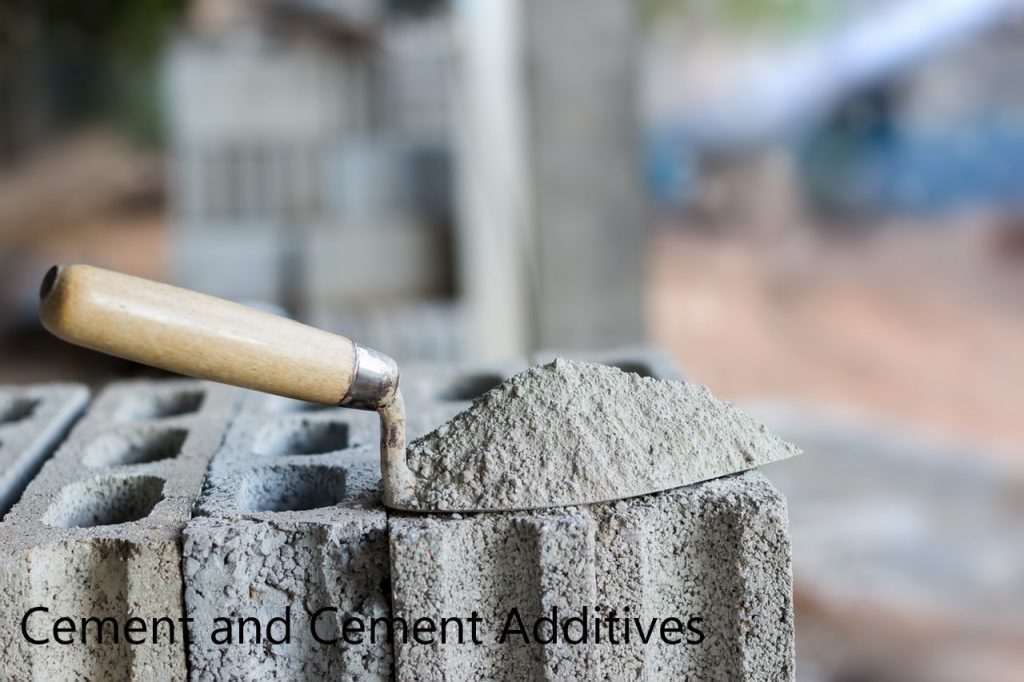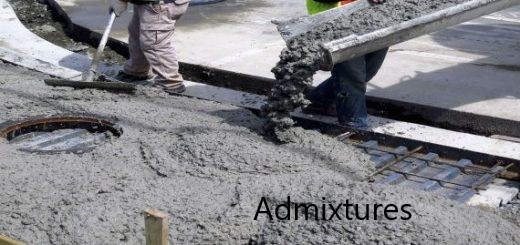Water cement ratio is one of the key parameters in civil engineering, especially when designing structures. This article will discuss this parameter in detail, providing valuable insight for civil and structural engineers when thinking about water/cement ratios. We will consider the importance of the water/cement ratio and the effects of different ratios on the strength, durability, and workability of concrete. Furthermore, the article will guide how to effectively control the water/cement ratio to achieve the desired properties.
The water/cement ratio is the ratio of the weight of water to the weight of cement used in a concrete mix.
It is a key factor in determining the strength, durability, and workability of concrete. The lower the water/cement ratio, the stronger and more durable the concrete will be. However, concrete with a low water/cement ratio is more difficult to work with and can be difficult to place and finish. Conversely, concrete with a high water/cement ratio is easier to work with but will be weaker and less durable.
Mix design primarily refers to cement content and the w/c ratio. With increasing harsh environmental conditions, the w/c ratio should be reduced as it affects the permeability of concrete. As long as the mix is sufficiently workable, the cement content in concrete is less important for structural durability than the w/c ratio.

The water/cement ratio is typically expressed as a percentage. A concrete mix with a water/cement ratio of 30% would contain 30% water and 70% cement. The water/cement ratio is usually between 10-40%.
Typically, water-to-cement ratios between 0.40 and 0.60 are used. Lower w/c ratios are required for stronger concrete, along with a plasticizer to improve flowability.
What water/cement ratio do I need? The choice of the water/cement ratio depends on the application, desired strength, durability, as well as workability. The water/cement ratio affects the cement hydration process, which is important to achieve the proper compressive strength of concrete.
The water/cement ratio is a critical parameter in the design of concrete structures. It is important to choose the correct water/cement ratio to achieve the desired strength, durability, and workability. The proportion of cement used in concrete determines its strength, durability, and workability.
However, the type and amount of water used also affects this relationship. The water-to-cement (w/c) ratio should be considered carefully when determining the amount of cement needed for a project. This article will provide a basic understanding of how to calculate the required amount of cement binder for your project using various w/c ratios.
There are several ways to achieve the desired water/cement ratio. The most common method is to adjust the amount of water added to the mix. This can be done by either adding more water or by adding more cement to the mix will result in a higher water/cement ratio and weaker, less durable concrete. Adding more water to the mix will result in a lower water/cement ratio and stronger, more durable concrete.
The type of aggregate used can also affect the water/cement ratio. Coarser aggregates require less water than fine aggregates. This is because the larger particles have more surface area and require less water to wet them.
The amount of entrained air in the concrete mix can also affect the water/cement ratio. Concrete with a higher air content requires less water to achieve the same workability as concrete with a lower air content.
The water/cement ratio is a critical parameter in the design of concrete structures. It is important to choose the correct water/cement ratio to achieve the desired strength, durability, and workability. The water/cement ratio can be controlled by adjusting the amount of water added to the mix, the type of aggregate used, and the amount of entrained air in the concrete.


